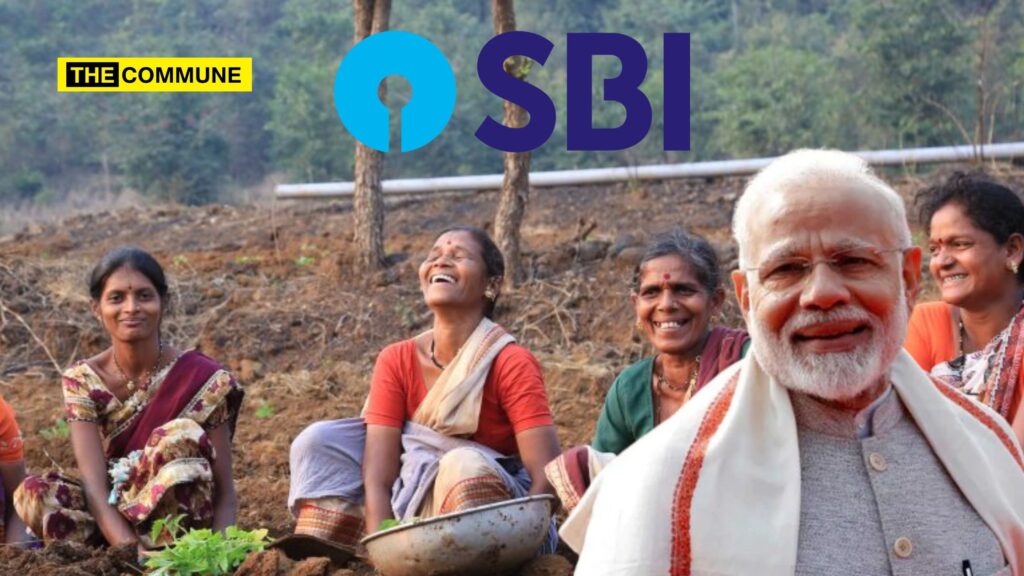SBI Research reports a substantial decline in rural poverty in India, which has dropped to 4.86% in FY24 from 25.7% in 2011-12, largely due to government support programs. Urban poverty has also decreased significantly, now estimated at 4.09%, down from 13.7% in 2011-12.
The report attributes the reduction in rural poverty to higher consumption growth among the lowest-income groups, fueled by strong government assistance. According to SBI’s analysis of the consumption expenditure survey, “The sharp drop in rural poverty is due to increased consumption growth in the bottom 0-5% income group, supported by significant government aid. This support is crucial, especially since changes in food prices heavily affect overall expenditure, not just food costs.”
The Ministry of Statistics & Programme Implementation’s recent Household Consumption Expenditure Survey shows a reduction in consumption inequality across both rural and urban areas between August 2023 and July 2024 compared to the previous year.
SBI’s research highlights a remarkable decline in rural poverty, estimated at 4.86% in FY24 (down from 7.2% in FY23 and 25.7% in FY12), and urban poverty at 4.09% (from 4.6% in FY23 and 13.7% in 2011-12). These figures may be slightly revised once the 2021 Census is completed, which will provide updated rural-urban population ratios.
SBI believes urban poverty could continue to decrease and that India’s overall poverty rate is now likely between 4-4.5%, with minimal extreme poverty remaining.
The research emphasizes that improved infrastructure is driving rural mobility and contributing to the shrinking income gap between rural and urban areas, as well as reducing disparities within rural income classes. SBI noted that the ratio of rural to urban monthly per capita consumption expenditure (MPCE) has fallen to 69.7%, a sharp decline from 88.2% in 2009-10. This improvement is attributed to government initiatives such as Direct Benefit Transfers (DBT), rural infrastructure development, and efforts to increase farmers’ income and enhance rural livelihoods.
The report suggests that food inflation affects consumption more in lower-income states than in higher-income states, as rural populations in poorer states tend to be more risk-averse. High-income states generally show a savings rate above the national average of 31%, while states like Uttar Pradesh and Bihar exhibit lower savings rates, likely due to higher outward migration. For 2023-24, the poverty line is estimated at ₹1,632 in rural areas and ₹1,944 in urban areas.
(With inputs from News 18)
Subscribe to our channels on Telegram, WhatsApp, and Instagram and get the best stories of the day delivered to you personally.

